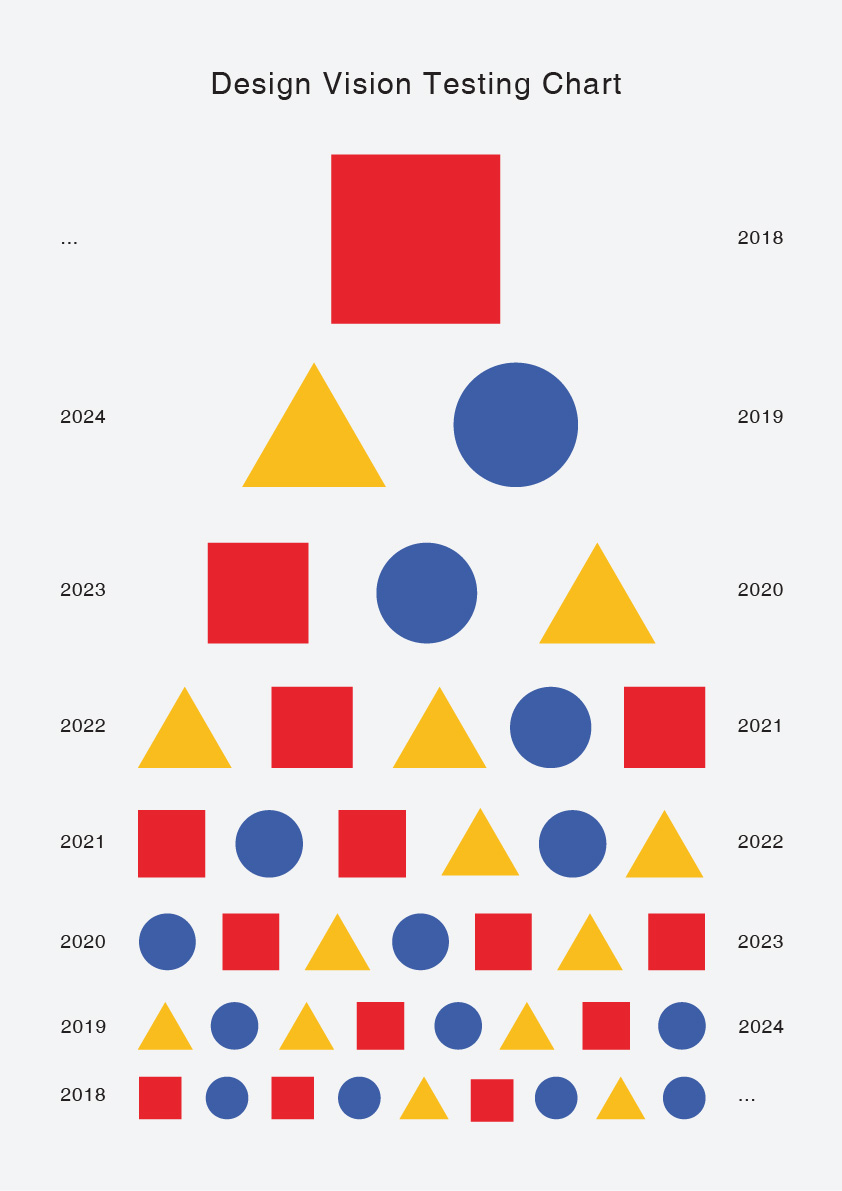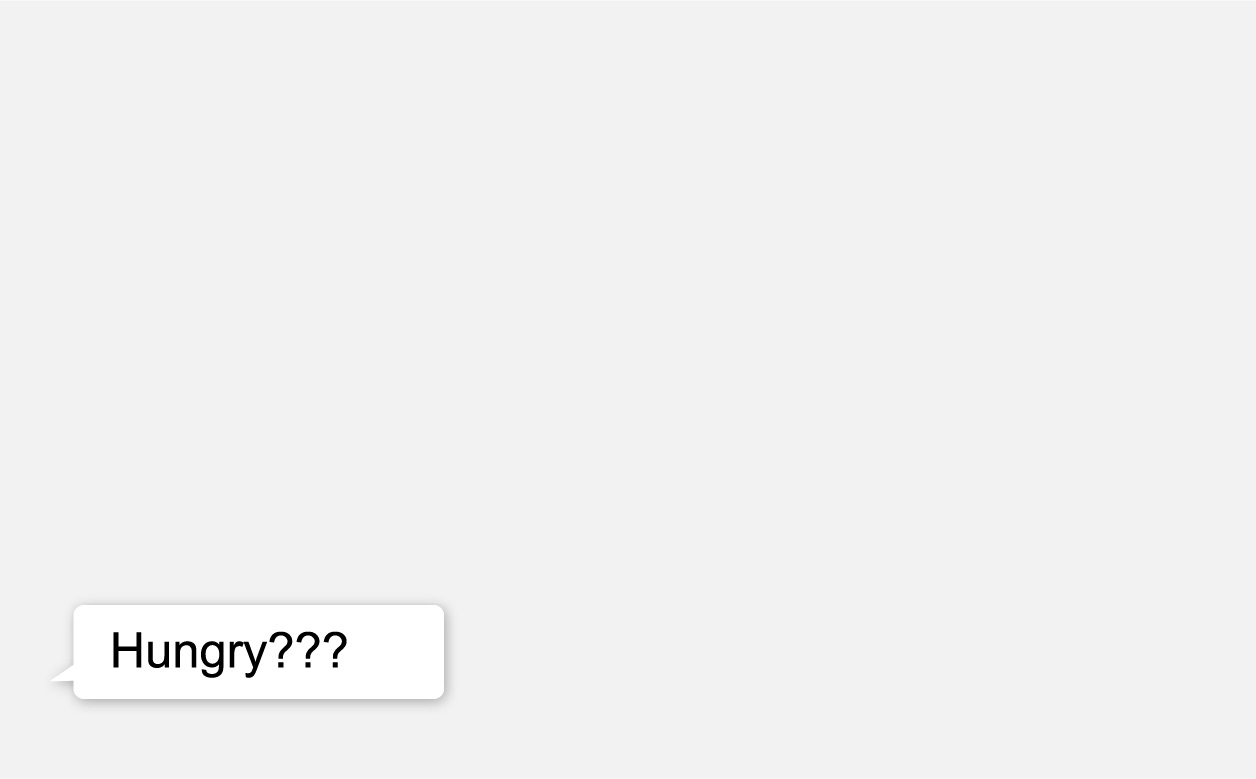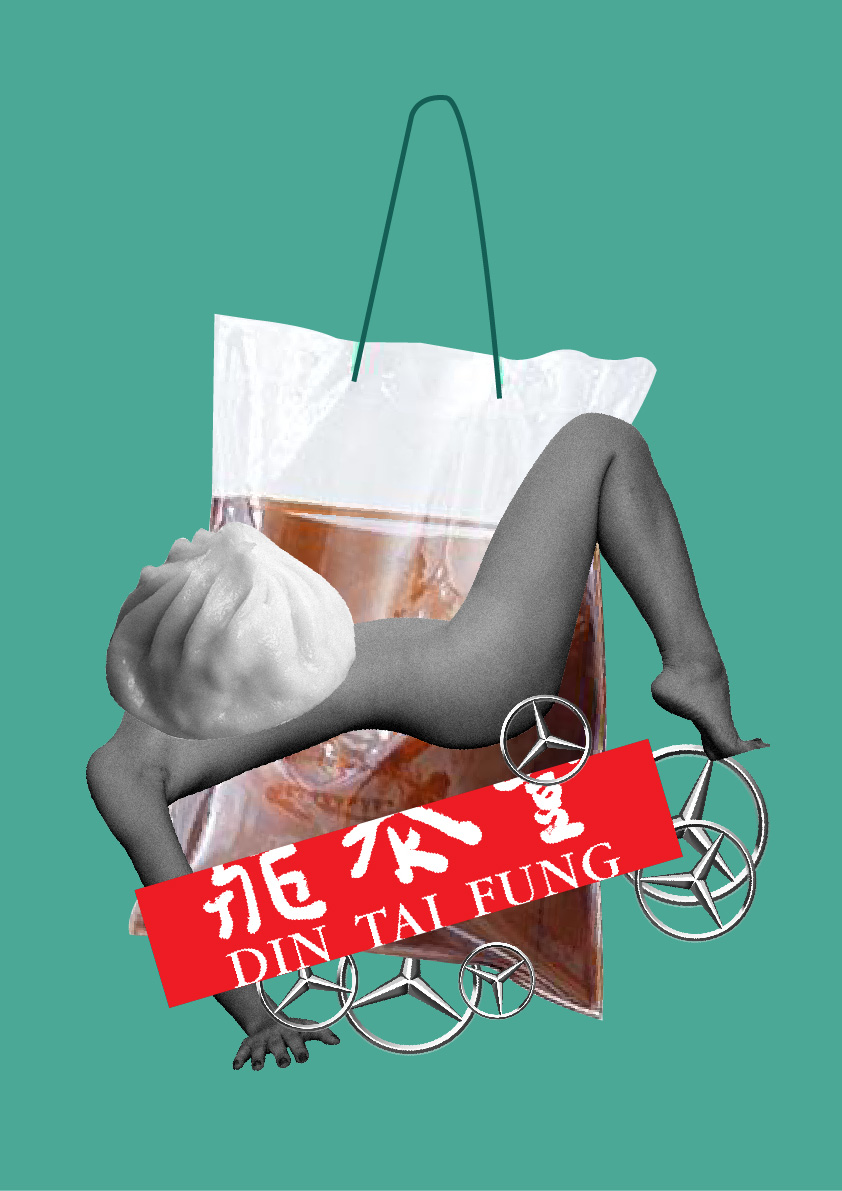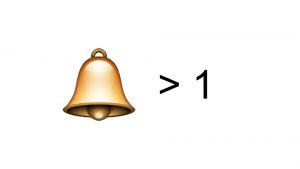Massimo Vignelli, whose work covers nearly every field of design including advertising, identity, packaging, product, industrial, interior and architectural design.
‘design is one’ – Massimo Vignelli

He believes that “if you can design one thing, you can design everything. The methodology is the same no matter what the content.” His philosophy reminds me of the new system that ADM students are going through. We seem to be learning the vocabulary of the visual language, and we can extend it base on the requirements of the project. It is all generated from similar logic related to material and the function as mentioned by Massimo Vignelli. Designer’s role is changing in this digital age, for instance, graphic designers are all working with digital technology. That is why he prefers the new name, ‘information designer’.

“A good designer who understands his business can make things memorable, make them easy to recall which is very important, and improve the general quality of life, which is the only reason for our existence.” – Paul Rand
The industrial revolution pushed the companies to present themselves better to the public to survive in the competitive market. Companies where shaping their brand in order to adapt to the society. Thus, many good brand designers appeared after the rise of the industrial revolution. Paul Rand is one of the examples. He designed numerous corporate identities that are still in use today, such as IBM, NeXT, Westinghouse, UPS, and etc. He also sees logos as the marketing tool, as the logo tells the story of the company and its products.
In Conclusion, design is flexible yet has its logic. It is a way to improve people’s everyday life in the form of logos that make the product or services memorable, furniture that make our life easy and comfortable and etc. Designer’s role is always changing as we look through the history. It is up to us to decide how we can apply the design language, and what impact we want to make using design.








